The lion just wanted to catch a tan. Unfortunately, he may have not chosen the best spot to do so, as he was soon surrounded by a herd of hippos – yikes!
A Precarious Situation
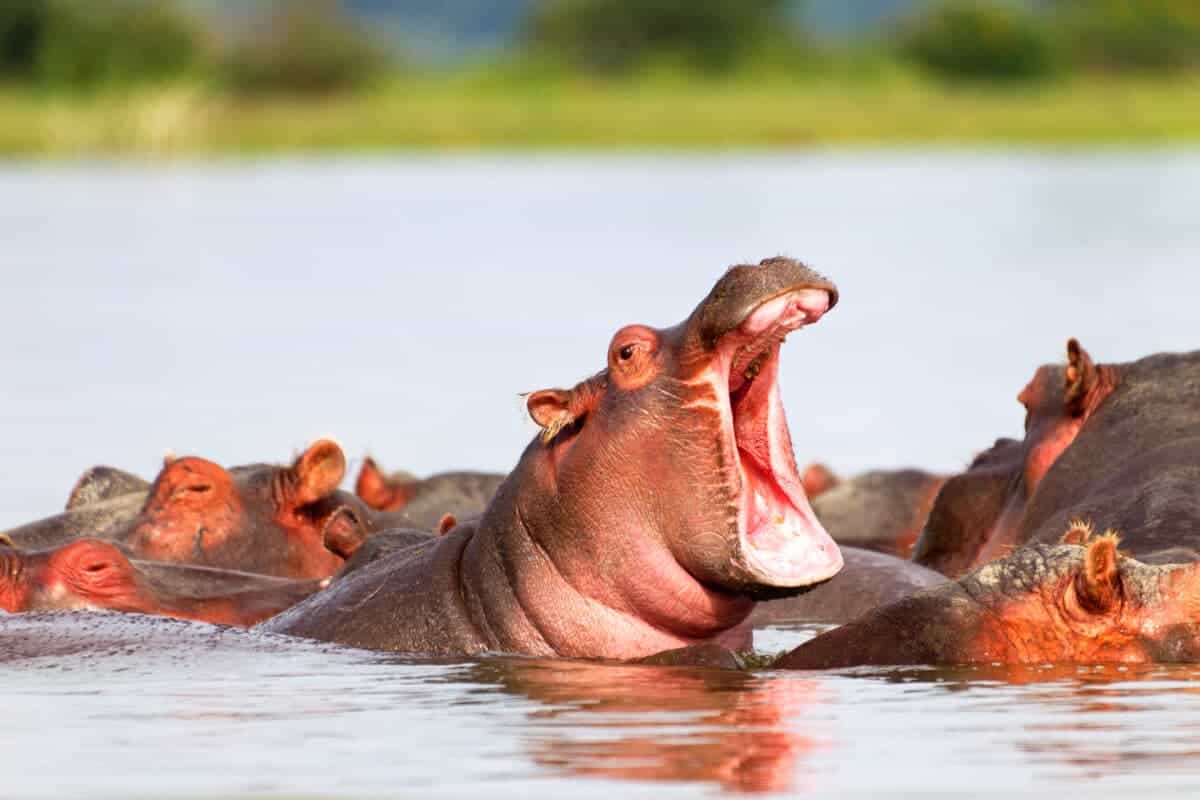
Imagine this: you’re out in the wild, soaking up some sunlight, when suddenly the calm is shattered by the unmistakable roars of a herd of hippos.
Hippos may look soft and squishy, but their bite force measures 12,600 kPa. For comparison, a lion’s bite force is only 4,500 kPa. I most certainly would not want to get in between a hippo’s jaws. Further, hippos are responsible for more human deaths in Africa than any other large animal on the continent is.
The Lion’s Predicament
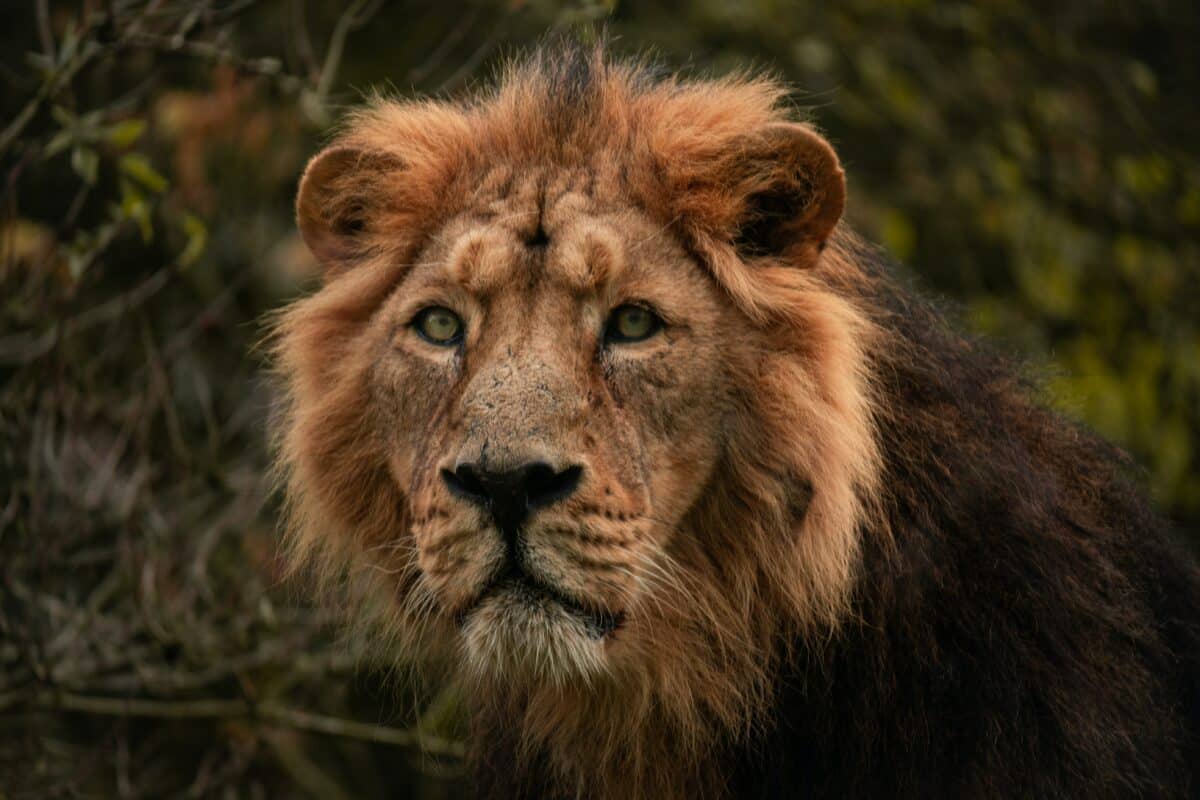
Now, lions are cats, and if you have ever owned a cat, you’ll know they’re not the biggest fans of water. So why this particular lion chose to lie on a rock out a little way off shore is anyone’s guess. Perhaps his mom told him not to, so he did anyway?
Not only was the lion stranded with water on all sides, the water being named Crocodile River, because of course it is, but a herd of hippos were quickly approaching. These big guys are powerful swimmers, capable of swimming at speeds of 8 mph (12 km/h). Through my research I couldn’t find out how fast lions can swim, and I suppose that’s because they don’t, really.
The Absolute Drama

The lion was perched precariously on the rock, and the hippos encroached, likely to be at least a little annoyed at this kitty invading their territory. The tension in the air was palpable, one hippo lurched forward: “who’s the king of the jungle now?” he probably didn’t say, because I doubt they’ve seen The Lion King. The lion no longer had much of a choice, it was either swim or sink.
Lessons Were Learnt

I doubt the lion will be visiting that rock again anytime soon. Also, don’t tell his mom what happened, okay?
Facts about Lions
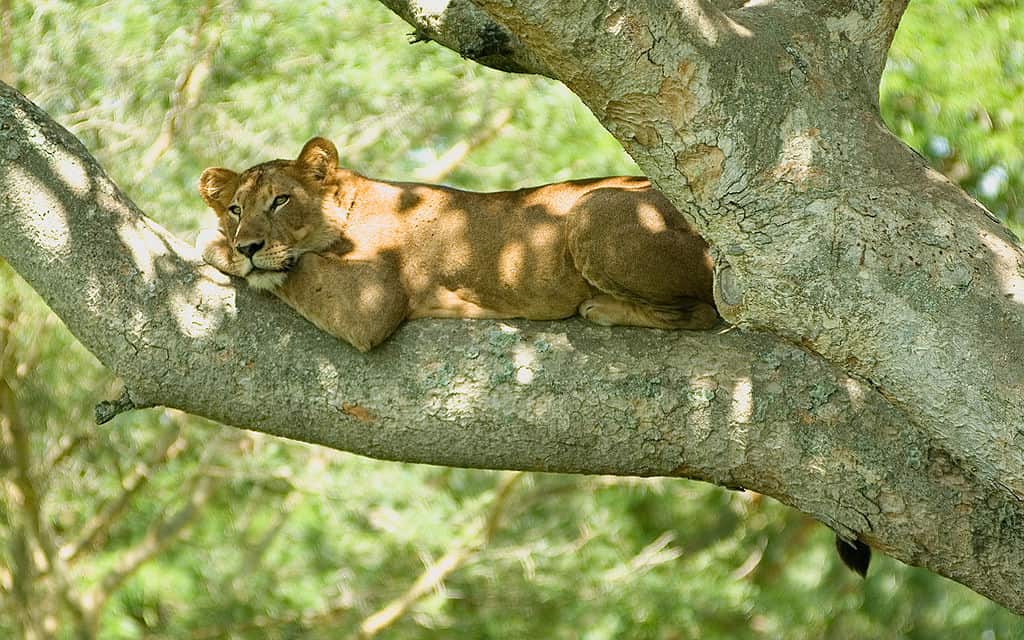
Lions, often referred to as the “king of the jungle,” are majestic and powerful creatures that have fascinated humans for centuries. Here are some interesting facts about these incredible animals.
1. Lions Live in Groups Called Prides

Lions are unique among big cats because they are social and live in groups called prides. A pride typically consists of several related females, their cubs, and a few male lions.
2. Male Lions Have Majestic Manes
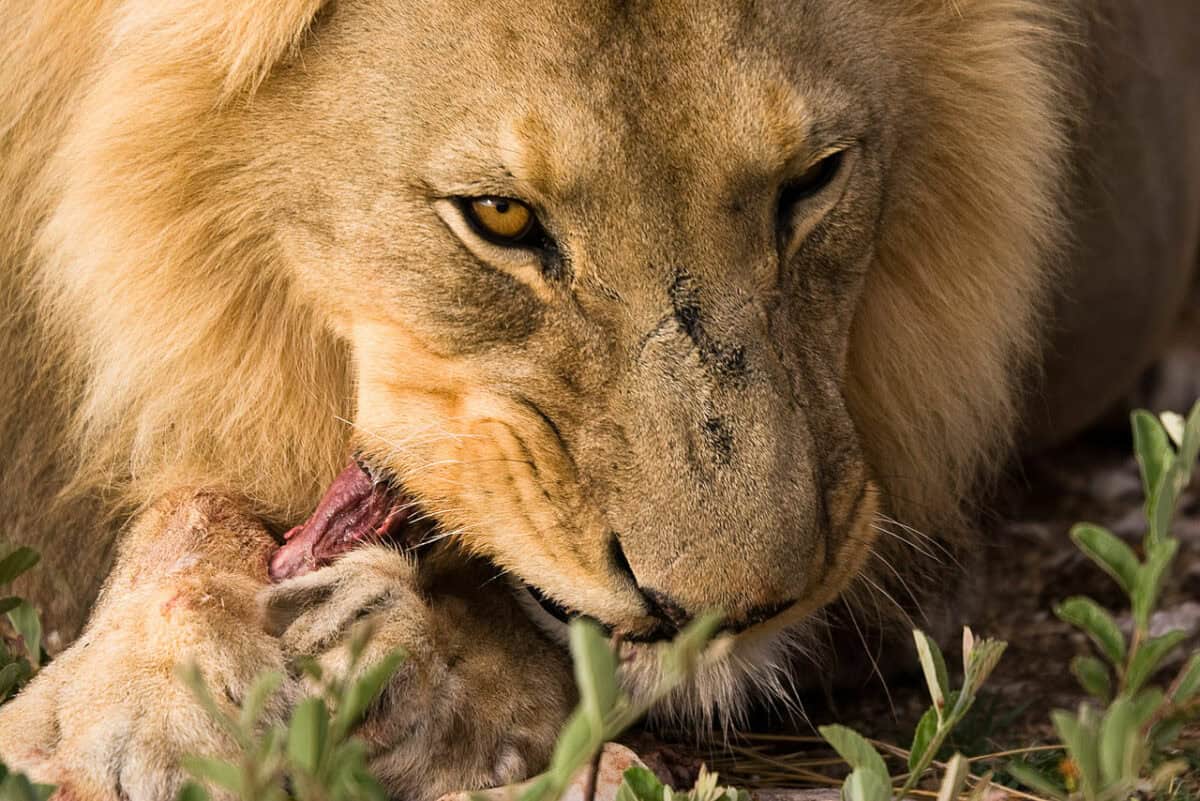
Male lions are known for their impressive manes, which make them appear larger and more intimidating. The mane’s color and size can indicate the lion’s age, health, and genetic quality.
3. Lions Are Apex Predators
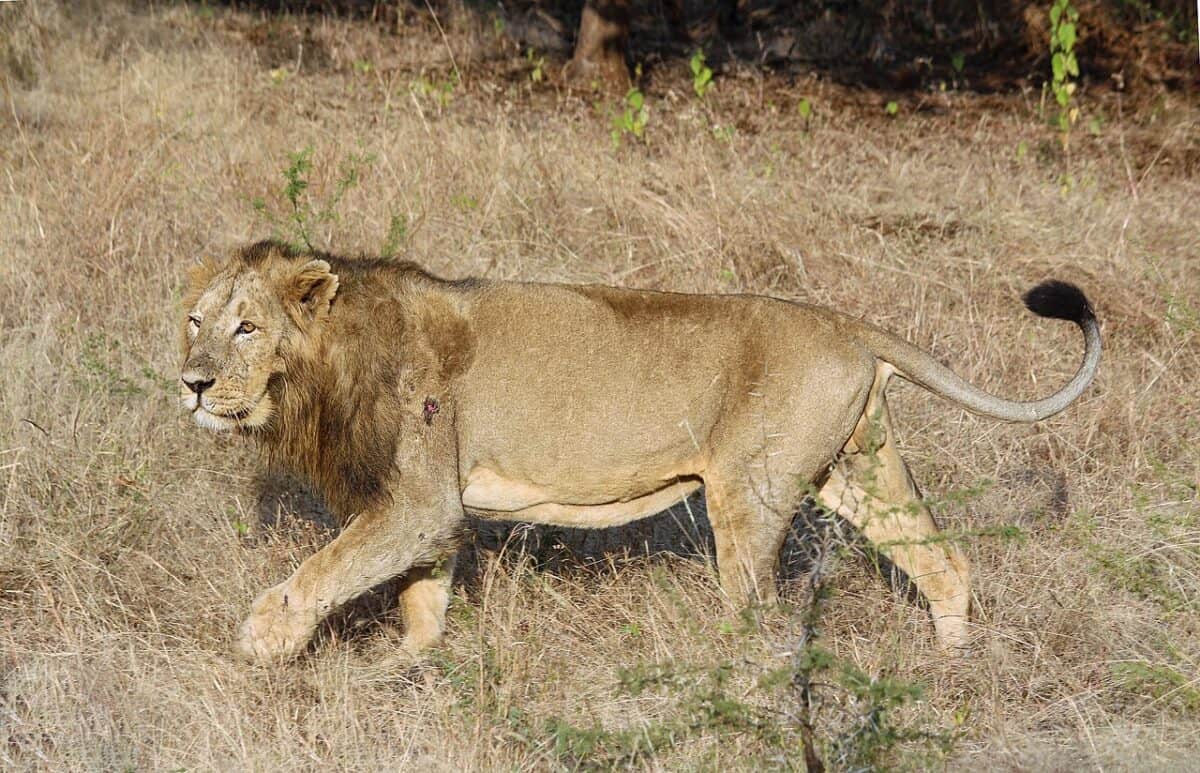
As apex predators, lions sit at the top of the food chain and have no natural predators. They primarily hunt large herbivores such as zebras, wildebeests, and buffalo.
4. Lions Are Known for Their Powerful Roar
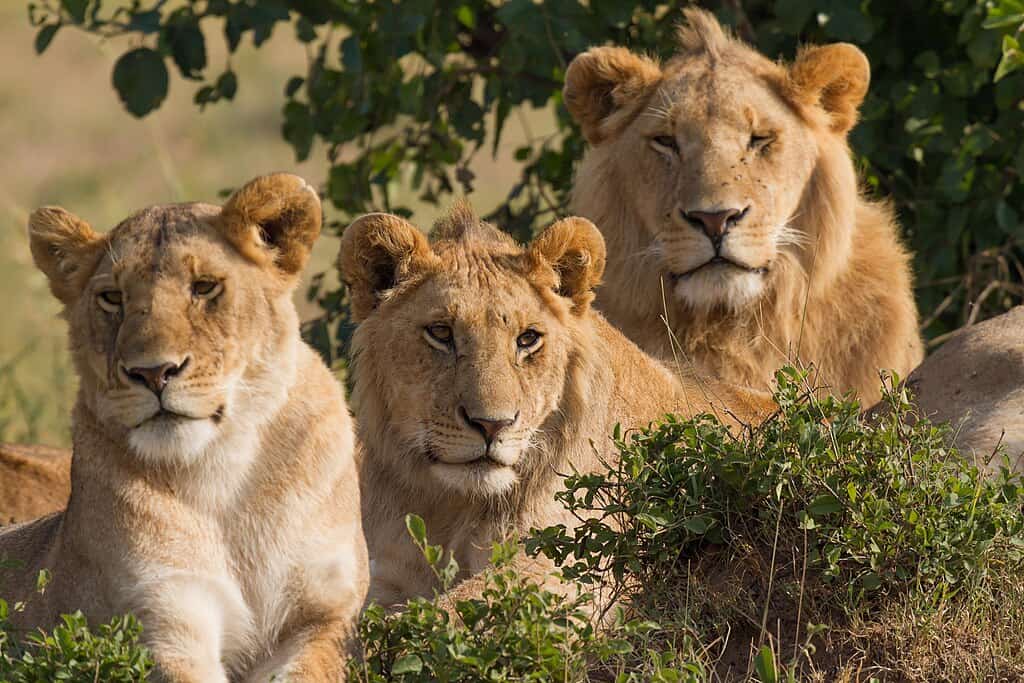
A lion’s roar can be heard from up to five miles away. This roar serves as a means of communication and a way to establish territory and ward off intruders.
5. Female Lions Do Most of the Hunting

Female lions, or lionesses, are the primary hunters in a pride. They often work together to stalk and take down prey, utilizing their agility and teamwork.
6. Lions Spend Much of Their Time Resting
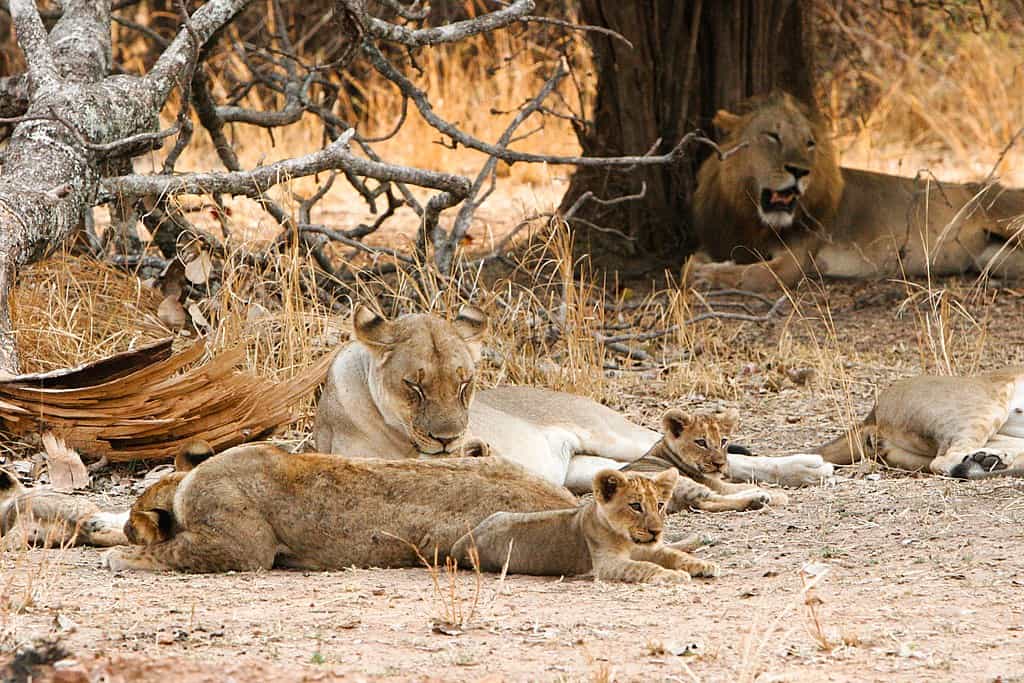
Lions are known for their laziness, spending around 16-20 hours a day resting or sleeping. This behavior helps them conserve energy for hunting and defending their territory.
7. Cubs Have a High Mortality Rate
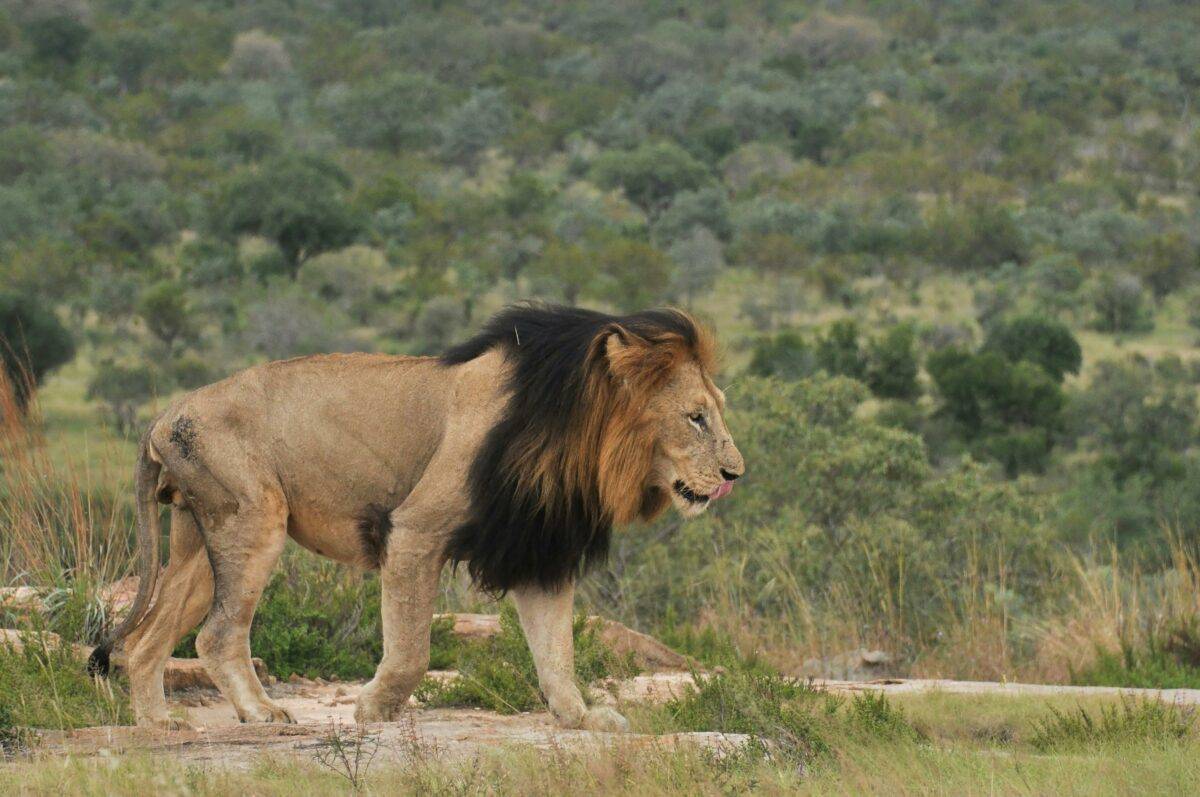
Lion cubs face a high mortality rate, with around 60-70% not surviving past their first year. Predation, disease, and competition for food are the primary challenges they face.
Facts About Hippos

Hippos are fascinating creatures that often capture our imagination with their unique behaviors and characteristics. Here are seven interesting facts about hippos that showcase their intriguing nature.
1. Hippos Are Among the Largest Land Animals

Hippopotamuses are the third-largest land mammals, following elephants and rhinoceroses. Adult males can weigh up to 3,500 kilograms (7,700 pounds), making them formidable in size.
2. Hippos Spend Most of Their Time in Water
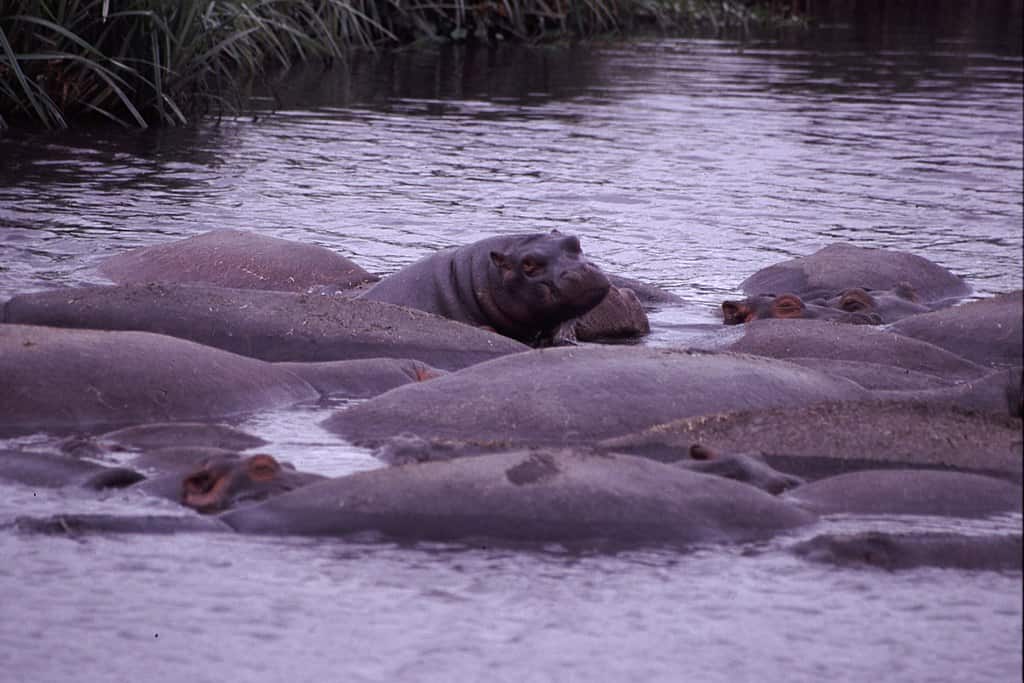
Hippos are semi-aquatic animals, spending up to 16 hours a day submerged in rivers and lakes. This behavior helps them stay cool under the hot African sun and supports their massive bodies.
3. Hippos Are Highly Territorial
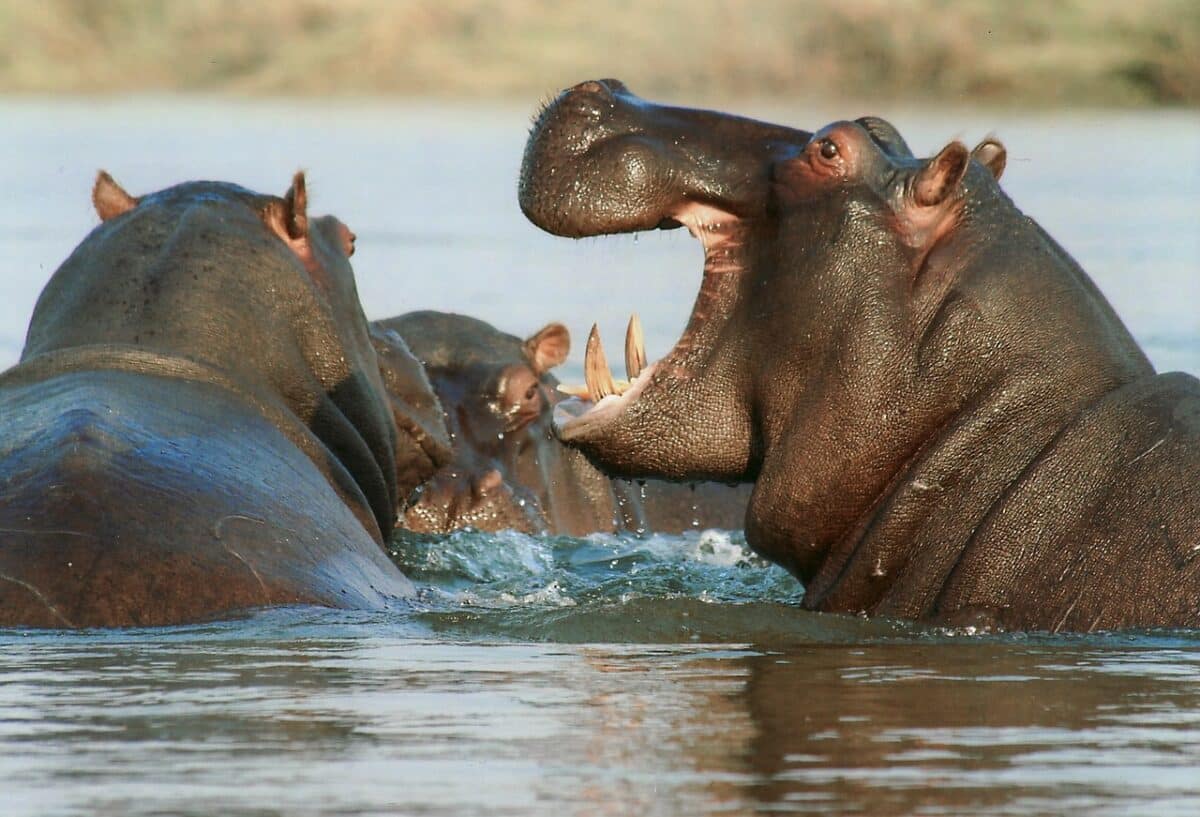
Male hippos aggressively defend their territory, which can include a stretch of river and the land alongside it. They use their large canine teeth to intimidate rivals and protect their group.
4. Hippos Have Unique Teeth

Hippos’ teeth are specially adapted for their diet and defense. Their canines and incisors can grow continuously and reach up to 50 centimeters (20 inches) in length.
5. Hippos Communicate Through Subsonic Calls
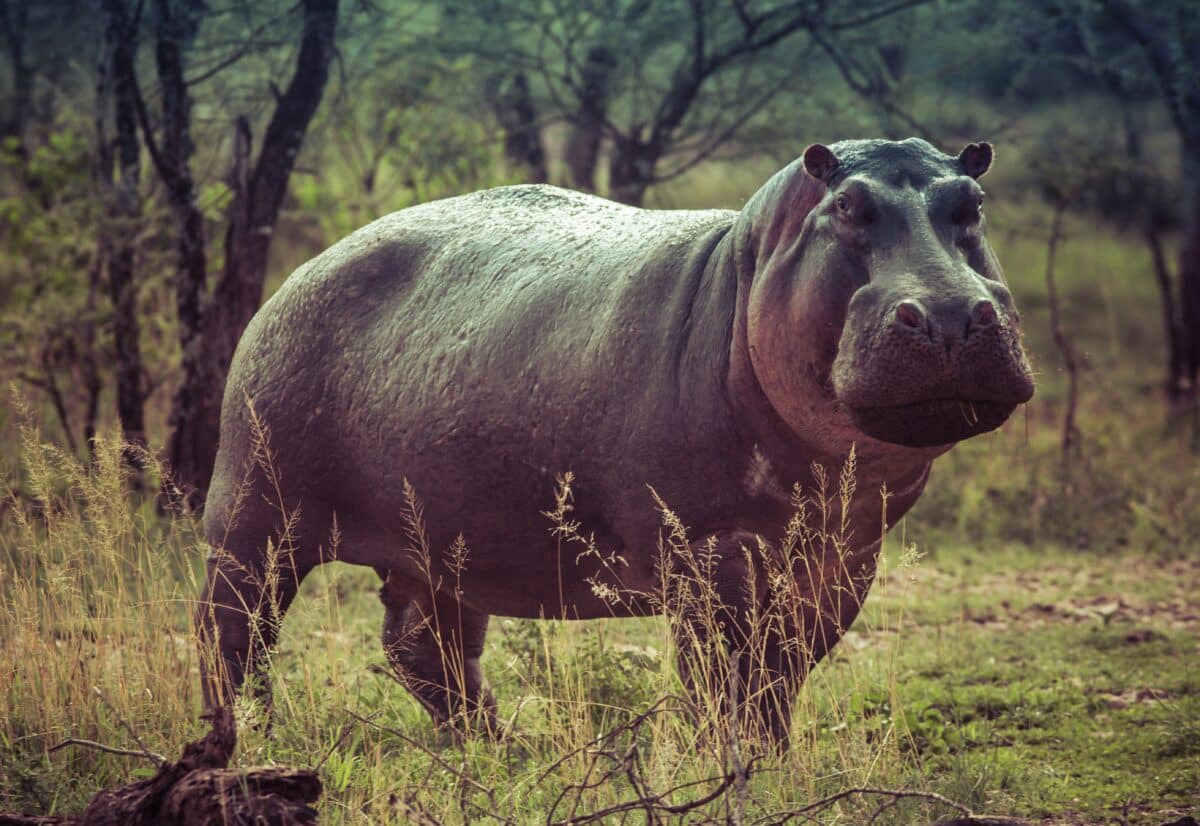
Hippos use a variety of sounds, including grunts, growls, and subsonic calls, to communicate with each other. These subsonic calls can travel through both water and air, allowing communication over long distances.
6. Hippos Are Surprisingly Fast
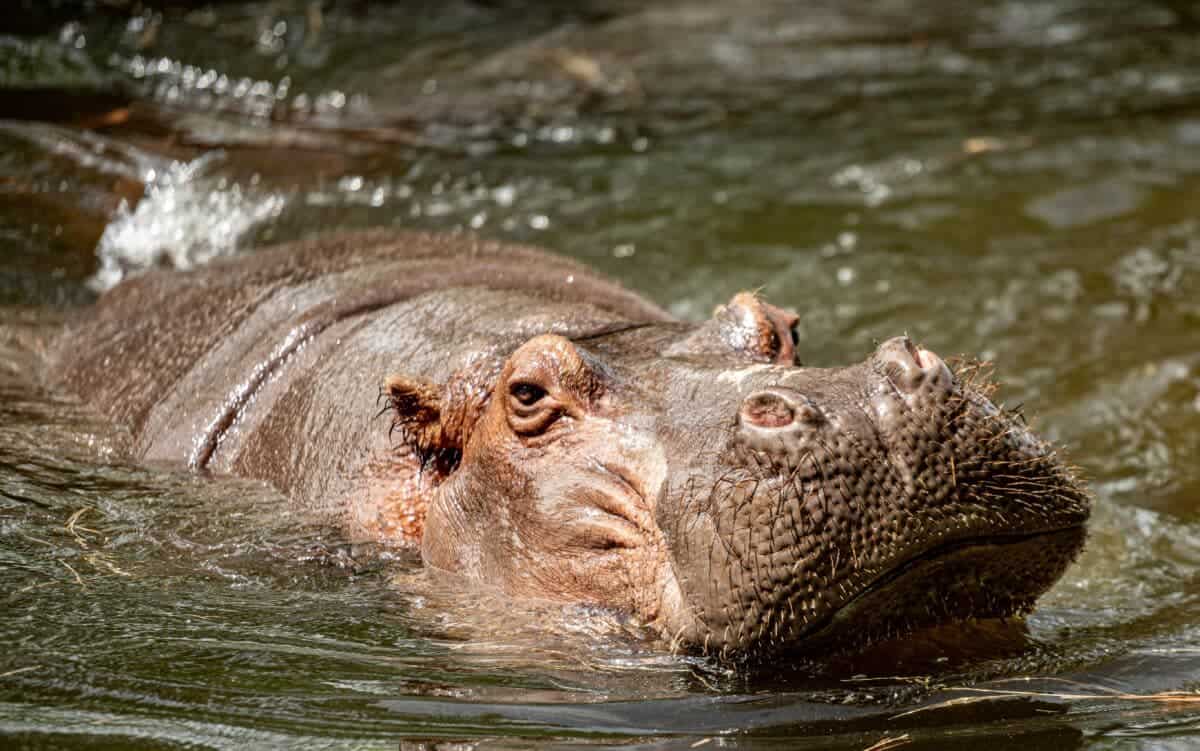
Despite their bulky appearance, hippos can run at speeds of up to 30 kilometers per hour (19 miles per hour) on land. This surprising agility helps them escape threats and move between water sources.
7. Hippos Have a Unique Skin Secretion
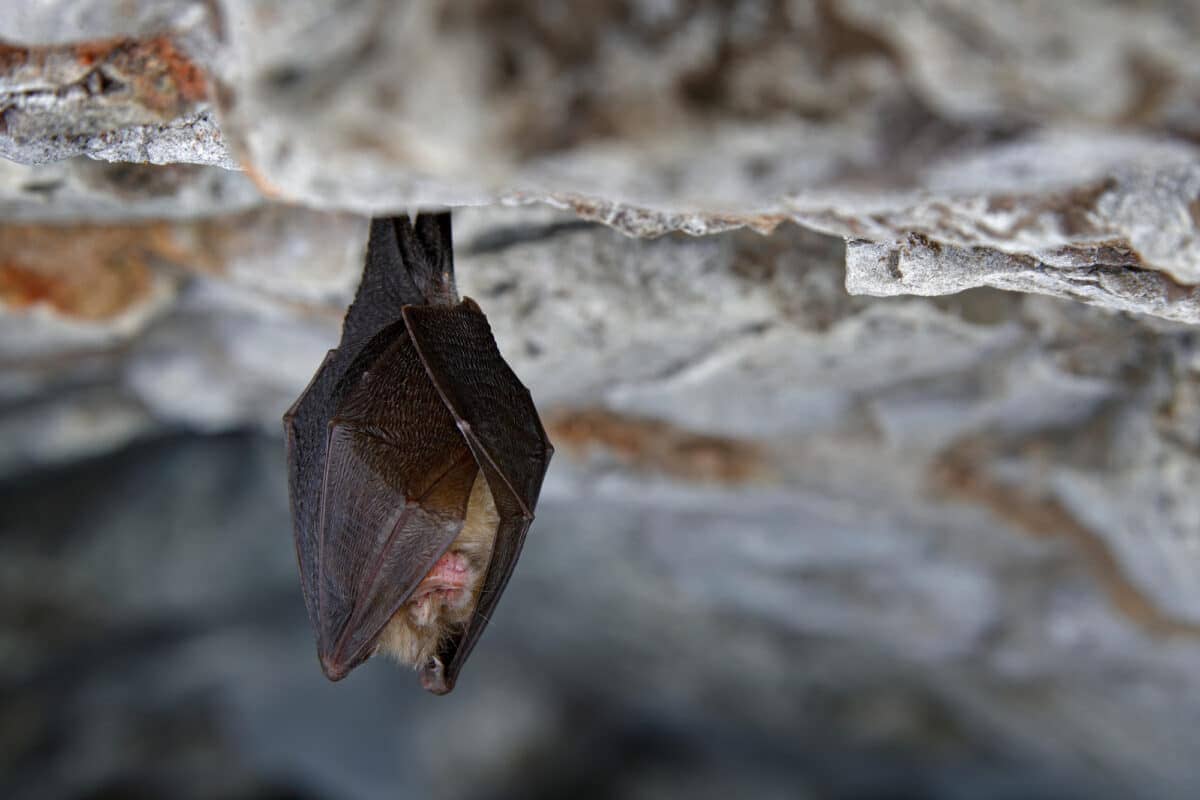
Hippos secrete an oily, reddish substance from their skin, often referred to as “blood sweat.” This secretion acts as a natural sunscreen and antibiotic, protecting their skin from sunburn and infections.
Thanks for reading along! Check out more of our content on Big Cats and Animal Attacks.
Join our Forum for free today!

- Stranded Lion Gets Attacked by Hippos - June 26, 2024
- One-in-100 000 Rare Ginger Albino Seal Pup May Be Rejected by his Colony - June 26, 2024
- Adorable Baby Orca asks Humans for help to Save Their Mother - June 26, 2024

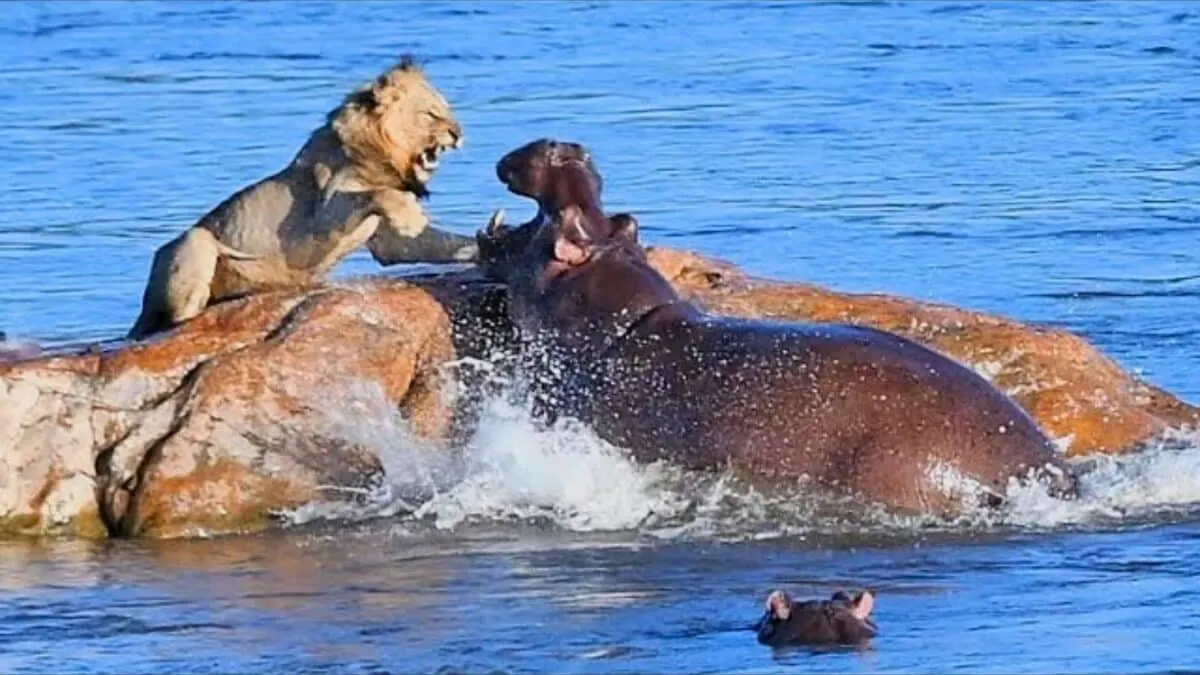

Friday 18th of August 2023
You show topics that could be interesting. We never see a thing. Only a head line. I've learned, bypass everything I see.